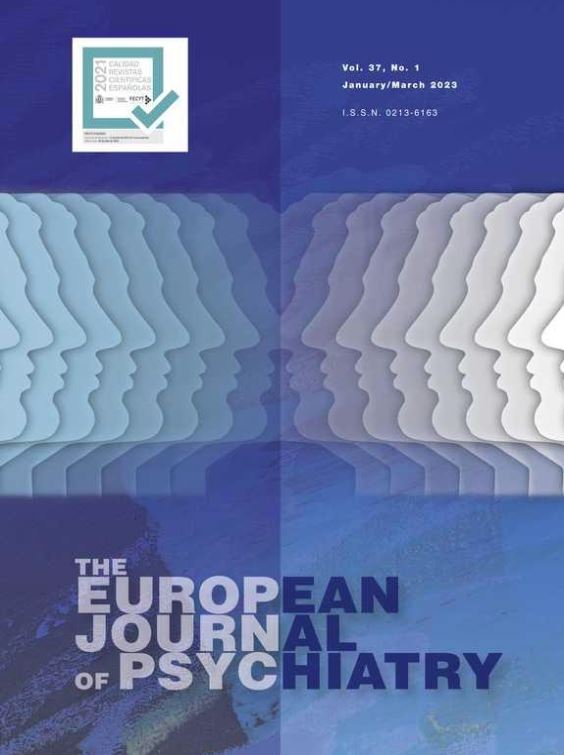Delirium is frequently underdiagnosed in patients with dementia. The Repérage Actif du Delirium Adapté à la Routine (RADAR) can be adapted to nursing routines for delirium screening. We validated the Spanish RADAR version and determined the best time of day for its administration.
MethodsAll dementia patients admitted to a postacute care centre on one day were independently assessed by nurses using the RADAR at the morning and midday and by geriatricians with the Delirium Diagnostic Tool-Provisional (DDT-Pro) reference standard for delirium and subsyndromal delirium (SSD). We evaluated the test–retest temporal stability of the morning and midday RADAR assessments, the RADAR validity considering these two time points and then, the suitability of the DDT-Pro for diagnostic confirmation.
ResultsOf 34 dementia patients included, 47.1 % had delirium, and 83.3 % had behavioural, mental or neurological disturbances that made diagnostic assessment difficult. The test–retest temporal stability of the RADAR was moderate, which is consistent with the fact that the diagnostic accuracy of the midday assessment for delirium (79.4 %) was better than that of the morning (73.5 %). The screening accuracy when also considering SSD, accounting for either assessment time, was 79.4 %. Several correspondence and correlation analyses support the use of DDT-Pro for confirmation and assessment of delirium severity after RADAR screening.
ConclusionThe RADAR is useful for the screening of delirium and SSD by nurses in dementia patients and midday assessments have greater diagnostic validity than morning assessments. Screened patients need subsequent diagnosis confirmation before starting therapeutic measures.









